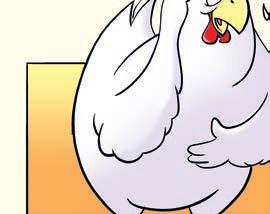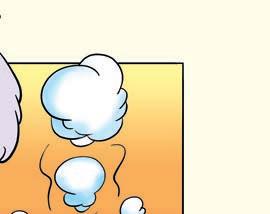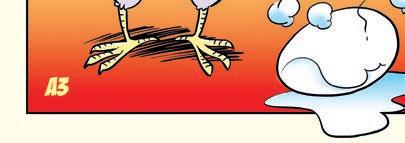
5 minute read
Artist Koen Vanmechelen
from PoultryNL
A soothing cackling sounds from the yard in the Belgian hamlet of Plokrooi. Artist Koen Vanmechelen lives here. The chicken is his muse. There are more than three hundred of them scurrying around. Chickens of all breeds. For more than twenty years, he has been successfully pioneering the phenomenon he calls ‘bio-cultural diversity.’
he eloquent Belgian celebrity likes to philosophise about life. And about chickens. The two are inseparable, according to him. Where T the chicken is, man follows. And vice versa. These two animal species have been living together for centuries. If the chicken is doing well, man is doing well.
Advertisement
Little devils
‘Because man and chicken have lived together for centuries, we have created chickens in our image. The French pride, the poulet de Bresse, with its bright red comb, white body and blue legs, is identical to the French flag, and the cackling of the Turkish denizli crow sounds like the sound coming from the minarets. Does the Dutch Barnevelder chicken say anything about the Dutch? I cannot determine that easily. The Barnevelder was originally bred by Jewish people... The owl-beard, on the other hand, is a very Dutch chicken. The cockerels have those typical horns on their heads. They look like little devils. With an attitude of, “I’ll come and tell you how it is.”’
Diversity
For more than twenty years, the Belgian artist has been working on his artistic cross-breeding project. For this Cosmopolitan Chicken Project (CCP), eggs and chickens are brought to his farm from all corners of the world. The core is not the chicken, but the cross-breeding and the diversity that results from that. The cosmopolitan chicken holds up a mirror to us. See those cute little chickens over there? That is a cross between the last generation CCP and an Israeli breed. They were shown at a big art event, the Jerusalem Biennale. By crossing different types of chickens, we have got better chickens. They are stronger, have a better immune system and are much more fertile.
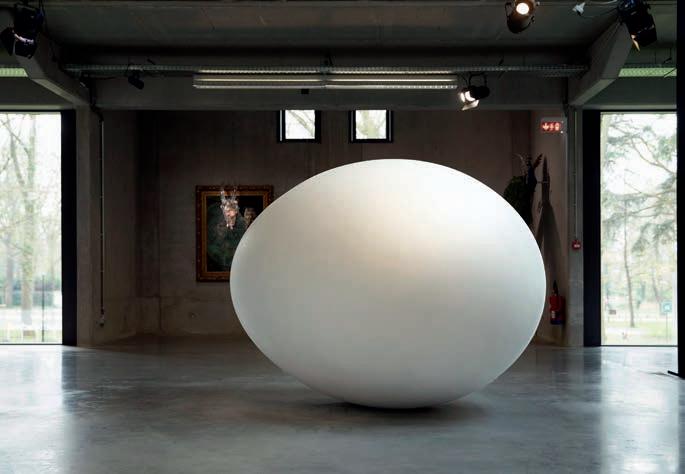
The egg as an art object: ‘A chick breaking the eggshell is a symbol of liberation.’
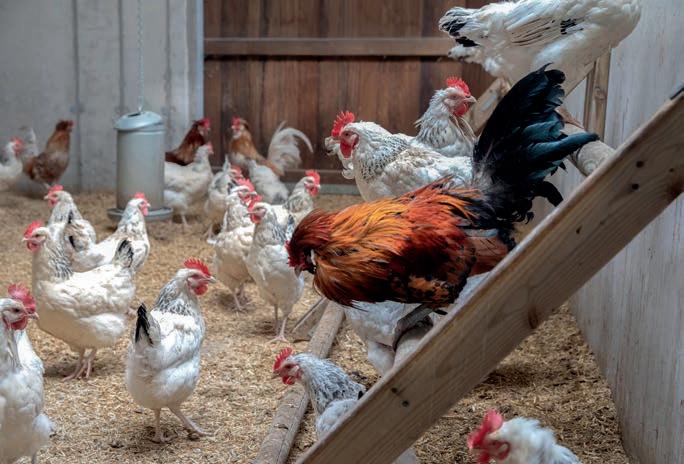
The Malines from Belgium, the poulet de Bresse from France, the English redcap, the American jersey giant, the German dresdner, the Dutch owlbeard, the louisiana from Mexico, the Thai poultry, the araucana from Brazil, the Turkish denizli horozu, cubalaya from Cuba, ancona from Italy, Chinese silkworm, Russian orloff, fayoumi from Egypt, poulet de Senegal, Slovenian styrian, Austrian sulmtaler, Indonesian ayam cemani, wyandotte, Danish grouse, maatiaskana from Finland and padovana from Vatican City.
Photographic artwork entitled Turbulence.
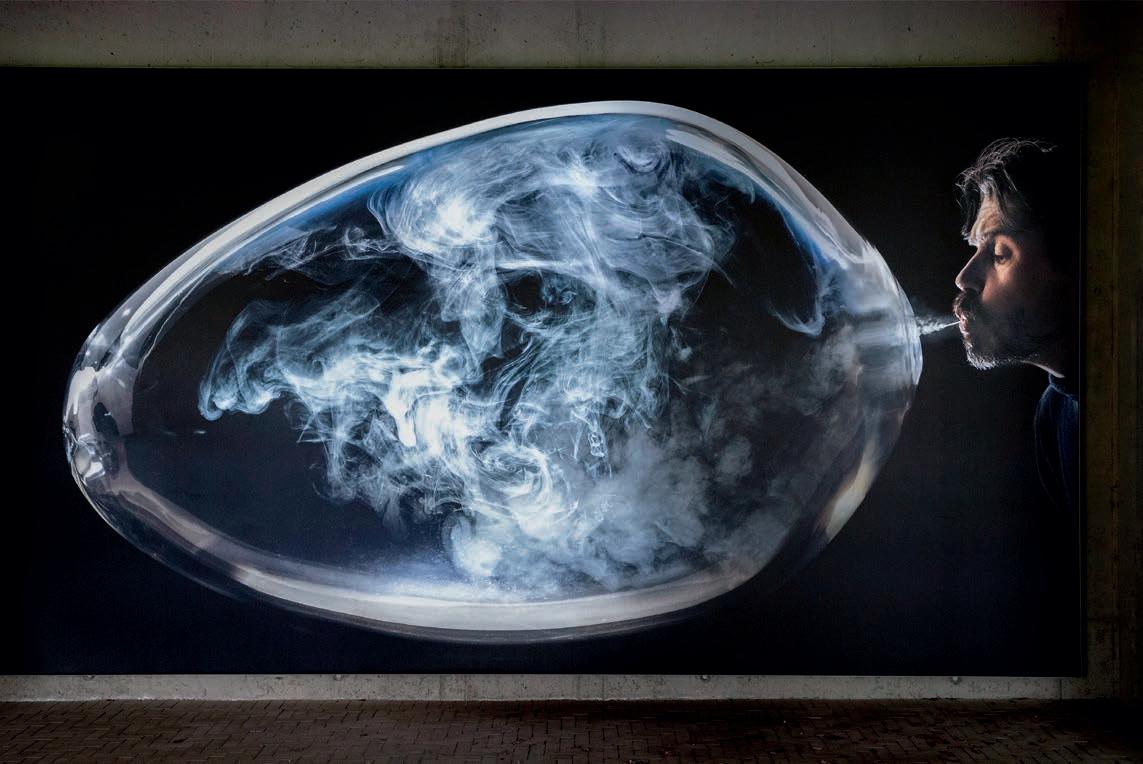
The breeding process is incredibly exciting
the time-honoured local breed of chicken, we will get nowhere. All the goodness is present in the local fi eld. When I started crossing chicken breeds twenty years ago, I fi rst crossed the Malines (Mechelse Koekoek) with the poulet de Bresse. With their off spring - the Malines bresse - I went to England in search of the redcap. This chicken was almost extinct, but I found three on a farm in Northampton. “They are infertile,” the farmer told me. For a couple of weeks, I let a Malines male walk near the redcaps. Their infertility was promptly remedied. Healthy chicks came into the world. Soon after, I was on the cover of The Times with my new redcap chickens.’ The artist’s love of chickens was instilled early on. ‘When I was fi ve years old, our baker gave me two chicks, a cock and a hen. They proved to be a fertile couple. I found it mighty interesting to see how the eggs hatched. At night, I would sit by the hatcher and watch the chicks hatch. Through the egg, I saw the chicks fi rst break the air cell in the egg and then break the shell with their egg tooth. Incredibly exciting! The love for chickens has grown into a broader love, for nature. That is what really worries me. I regard the welfare of the chicken, or the lack of it, as a gauge. The chicken holds up a mirror to us.
Follow nature’s rules
As an artist, Koen comments on society. ‘I see that as my role. I cannot do otherwise. Because I am increasingly aware that when mankind does not follow nature’s rules, nature turns against us. For example, I think it is wise to break through the monoculture in poultry farming. The compulsory fencing off of poultry is an almost annual “business accident” in this sector. Who knows, maybe this is what awaits us as humans in the years to come’, warns the 55-year-old, referring to the COVID-19 pandemic.

Titbits
HIGH VIS CHICKEN!
Did you ever wonder or worry about the visibility of chickens at night? I bet you didn’t! But if you did, here’s I bet you didn’t! But if you did, here’s the solution. High vis-jackets ensure the solution. High vis-jackets ensure your hens are safe and visible in your hens are safe and visible in the dark. Enjoy the peace of mind of the dark. Enjoy the peace of mind of knowing your chickens are safely knowing your chickens are safely wrapped up in high visibility! Available via www.omlet.com
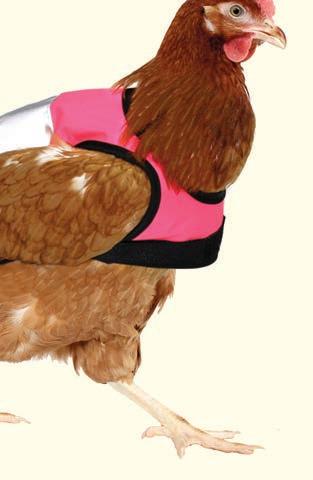
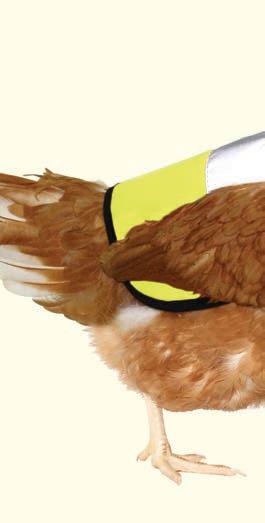


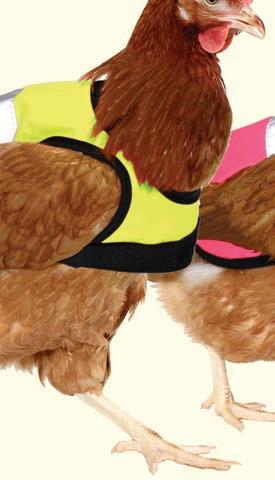
In yellow & pink!
You cannot cook one half of the chicken and leave the other lay eggs

Asian-indian Proverb

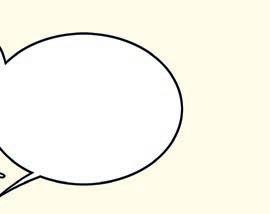
A BIT OF HISTORY
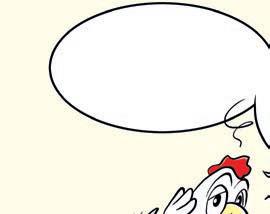
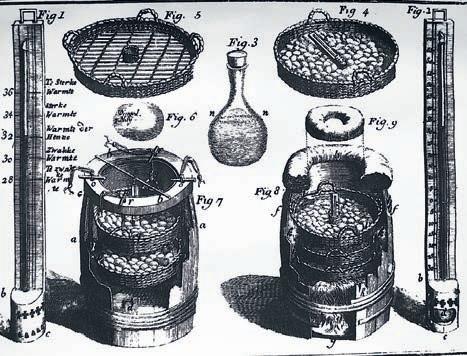
Egg with 6 yolks in one pan
You might be pretty surprised if you see an egg with a large number of yolks in a frying pan. In the photo one egg with six yolks! You see the most double yolkers when hens are between 22 and 35-weeks of age.
CARTOON
I had such a bad fever last night... ... that I laid a boiled egg!
